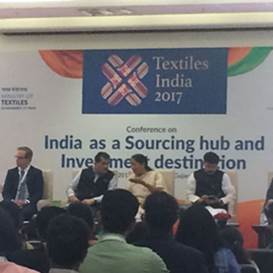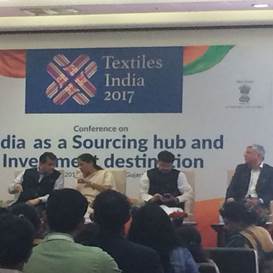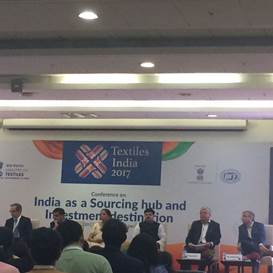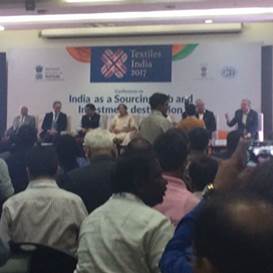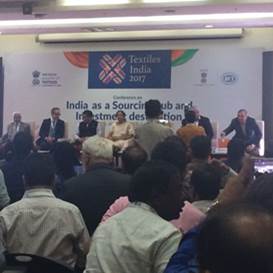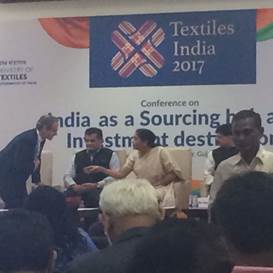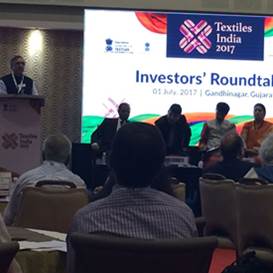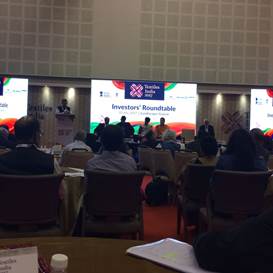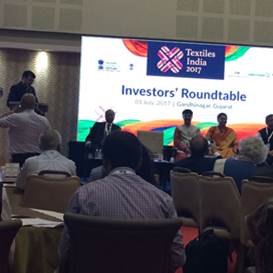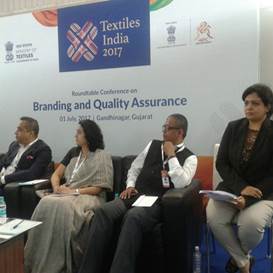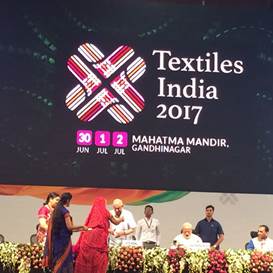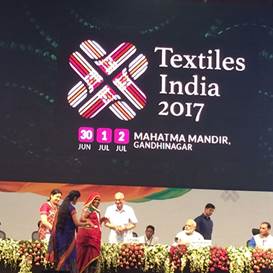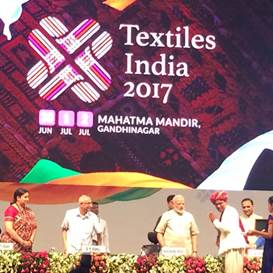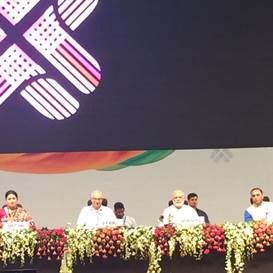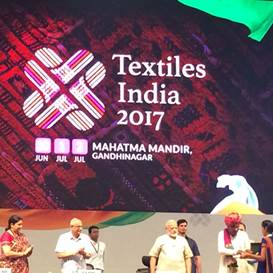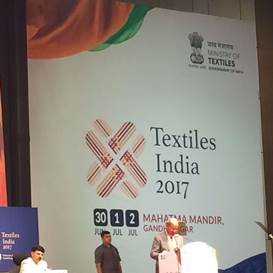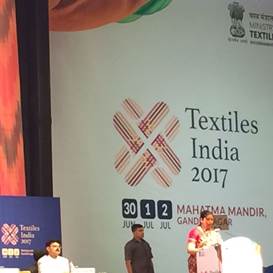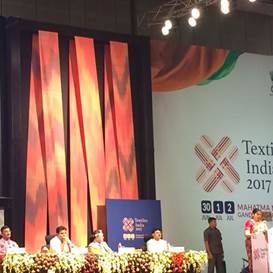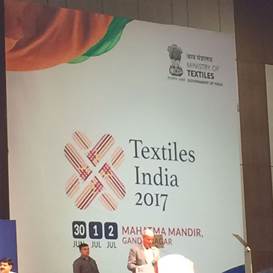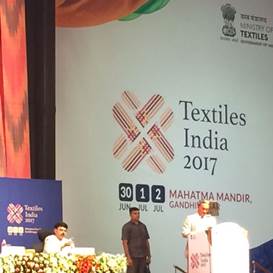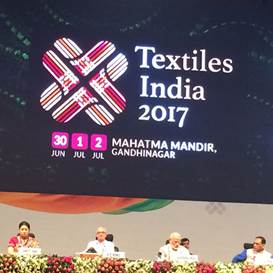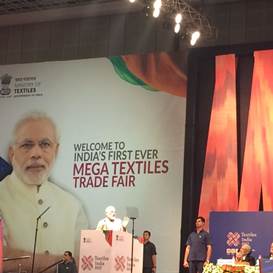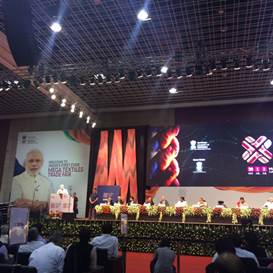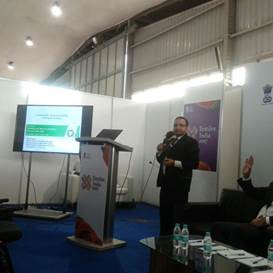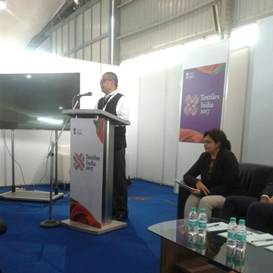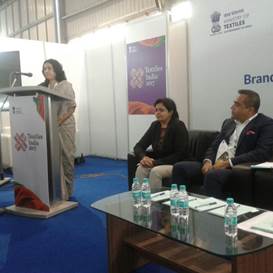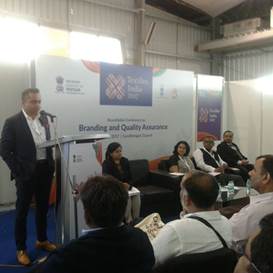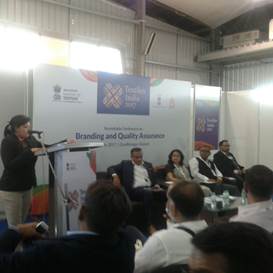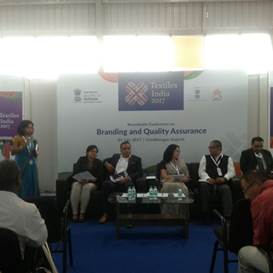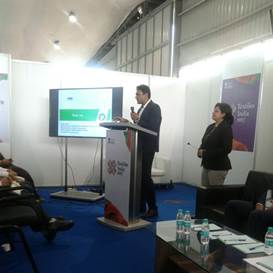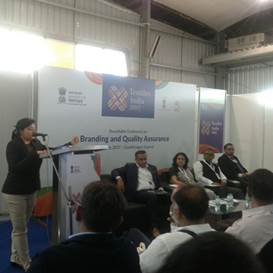The handlooms and handicrafts sector plays a significant role in India's economy, substantially contributing to large-scale employment generation and exports. It also constitutes the cultural lifeline of the country and represents its rich heritage. With a pressing need to enhance livelihoods and employment through growth in manufacturing, handicrafts / handlooms comes to the forefront as a major sector which already has an established skill and manufacturing base across the country. This sector is a pillar of the rural economy in India, and if strengthened through crafts enterprise promotion, can reinvigorate the sustainable local economy of our country.
Though traditional craft skills (both handicrafts and handlooms) have historically been a regular means of earning livelihood in rural India, the unorganized and highly fragmented nature of this sector has led to several gaps and problems resulting in devaluation of hand crafted products and lack of sustainable livelihood opportunities in the modern world. Younger generations from the traditional craft producing communities are not interested in engaging with this sector or learning these skills because they do not see any future in doing so. This is leading to declining craft skills, unemployment among youth, and their engagement in menial jobs, adding to low self-esteem, exploitation, dire working conditions, and further marginalization. Unless these issues are addressed in an integrated way, overall growth of this sector to meet the requirements of a global creative industry is not possible. It is a critical need to create an enabling ecosystem for the craft sector so that its producers are valued and respected for their skills and they become active stakeholders and beneficiaries of the larger wealth creation process.
Under the current scenario, where handmade products are facing fierce competition from cheap machine made products, where high level of human skills fetch poor income and less respect than machine copies of their handmade products, the only way to restore the value, the skills, and the dignity of work is through branding and certification of genuine 'handmade' crafts of India, thus protecting the interests of authentic Indian handicrafts. To ensure that our rich and diverse living traditions are not lost, it is essential to create a differentiation for genuine handcrafted premium products so that they command premium value in the world market.
Ten years ago, AIACA created "Craftmark", a certification that stands for genuine Indian handmade crafts of high quality produced in a socially responsible manner. Though the realization of the importance of such a "Mark" or "Brand" was slow, with time and market recognition, the idea has caught on. As of today Craftmark has been able to reach out to more than 150 members with a total outreach of more than 50,000 artisans across 23 states of India covering more than 90 handicraft processes. Craftmark members use this brand wonderfully to market their products abroad and are able to gain better prices and recognition for their crafts and creativity. West Elm, a retail store in USA that features modern furniture and home décor and has steadily increased their selection of organic, handcrafted, sustainably sourced and Fair Trade Certified products, says that "As part of the All India Artisans and Craftworkers Welfare Association, Craftmark certifies genuine handcrafted products. The organization connects artisans with broader markets, sets standards for handicrafts and develops social responsibility guidelines for the sector. Many of our collections are Craftmark certified, ensuring that traditional techniques are preserved. A 2012 study showed that Craftmark certification increases artisan sales by more than 30 percent."
With globalization and a great advancement in technology, the need for an umbrella brand for genuine handicrafts of India is ever increasing and a comprehensive and unified system of quality assurance and branding is essential. As early as 2012, addressing these concerns, the twelfth plan report noted that "the administrative division between handlooms, handicrafts, khadi, coir, micro-industries and other cottage industries, prevents efficient conceptualization of programmes, budgetary allocations and promotion and branding of Indian crafts for all the sectors in a unified manner. Global best practices are currently moving towards a broader rubric of promoting and commercializing creative and cultural industries in a holistic framework. In a rapidly integrating global market place, the focus, therefore, should be on promoting a unified Indian brand and removal of artificial divisions that compartmentalize administration of common sectors, thereby leading to more efficient utilization of resources and improved performance of the sectors."
With increase in exports and the global footprint of Indian crafts, certification, compliance consciousness, and responsible production systems (social as well as environmental) are also becoming increasingly important. Global brands and buyers in key international markets increasingly require suppliers in developing countries such as India to adhere to fair labour practices, workplace standards, and environmentally sustainable production. There are several quality certifications that exist for silk, khadi, handloom, wool, etc. However, awareness on these certifications needs to be created among producers and buyers. Inadequate promotion and use of certifications and lack of branding for premium high quality crafts having standard certifications have thwarted the growth of national and international markets. Moreover, too many certifications also sometimes lead to confusions both among the producers and the buyers, thus failing the purpose of these certifications to some extent. Alongside awareness creation for these quality assurance tools, capacity building of this sector as a whole regarding the importance of and compliance to various quality, environmental, safety standards is critical.
India has a vibrant environment for craft based organizations in the private sector space. Various craft enterprises across India use different for-profit and non-profit models to carry out innovative and sustainable solutions to the problems faced by craftspersons and promote crafts enterprises. A range of development organizations across India work towards sustainable livelihood using handicrafts skills, as well as revival and promotion of endangered crafts forms and continuity in practice of the crafts skills by the artisans. In the private sector space, social enterprises that are oriented towards market sustainability are directly working with craft practitioners / organizations / clusters through established and effective marketing and branding mechanisms nationally and internationally with a focus on socially responsible initiatives. Individual artisans and artisan entrepreneurs themselves are doing business and are striving to scale up.
However, it is now time to consolidate and support these efforts at the policy level by creating and promoting a unified "Handmade in India" brand through planned long term national and international campaigns highlighting the great diversity of skills and creativity of Indian handicrafts. Additionally, GI for Indian crafts should play a very strong role in branding and, a strategy to promote GIs needs to be established, integrating it with the "Handmade in India" brand. This will lead to enhanced business, trade and improved livelihood for artisans adding to their dignity of work!






